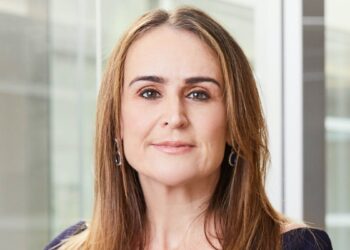Peter Johnson, director of Advisers Digest, said the ATO’s ruling on single acquirable assets SMSFR 2012/1 should be consulted with any acquisitions in an SMSF.
Johnson gave an example of a recent query he received about an SMSF that purchased a single acquirable asset via a commercial lender through an LRBA. After the purchase, the member lent money to the SMSF to construct a second dwelling on the property.
The question related to the consequences of the second LRBA and changing the nature of the asset, assuming that the related party LRBA does not meet the ATO safe harbour requirements.
“Does that change the nature of the asset? Is that a breach of the single acquireable asset rules? And the answer is I can’t answer it with the information given,” he said.
He continued that the SMSFR2012/1 gives an example of a sheep farm that has no dwelling on it. The ruling states that if a house is then built for the manager, it is not considered a change of asset because the asset was originally a sheep farm and is still operating as a sheep farm.
“I had a client who had a one-acre property on which he kept all his trucks and wanted to build a wash bay. There was no problem with that because the asset is still a motor vehicle depot,” he said.
“However, if you have a residential house and then put a doctor in there to run a surgery, that is a breach of the ruling.”
Johnson continued that if an SMSF has a farm, and built another residence, the asset is still considered a farm, but if the fund uses an LRBA to purchase the farm and borrows again to improve the farm that would be a breach of the regulations.
“You can’t borrow to improve an asset. You can only borrow to repair an asset, but you can’t do a new borrowing otherwise it is a breach of s67 of the regulations even if you have met the single acquirable asset rules,” he said.
“Some accountants have this notion that the house that was built is a separate asset to the property, all because of the improvement threshold for pre-1985 assets. They deem the property, for tax purposes, to be a separate asset. There is no doubt that a fixture is part of the property.”
He added that if the house was removable, it could be considered a separate asset but that would then prohibit the fund from taking a second mortgage as it is not considered real property.
“If it was plant and equipment and is movable you can take an LRBA loan against it, but not at arm’s length, because the PCG106/5 does not allow it. The practical guidance only relates to real property, and a house that’s a separate asset is not real property because it hasn’t got title particulars. It’s not a crown lease. It’s not a lease over real property. It isn’t real property if it’s removable,” Johnson said.
“The fund would have breached in that they have borrowed to acquire an asset, borrowed to improve an asset. But now the problem is they’ve also done it on a non-arm’s length basis, which means the asset is now a non-arm’s length investment, and subject to 45 per cent tax forever.”


